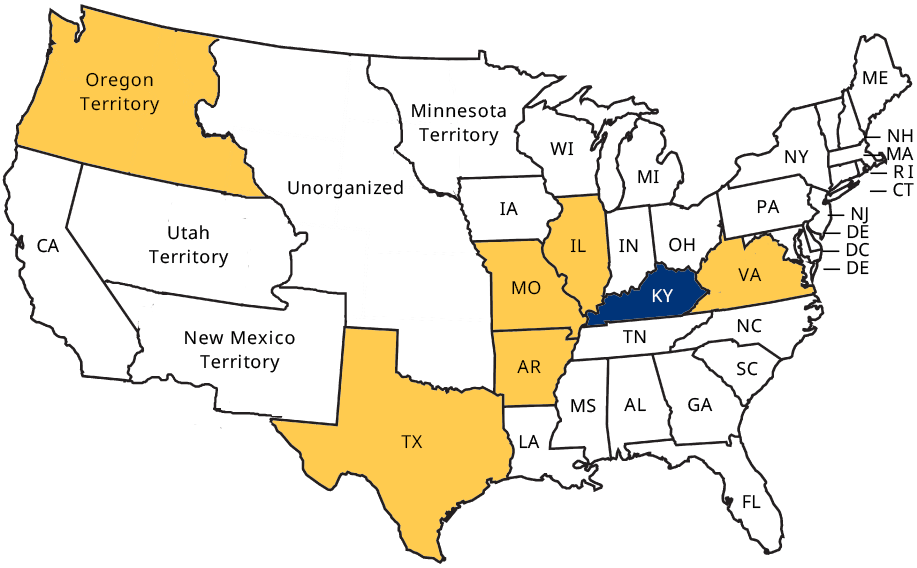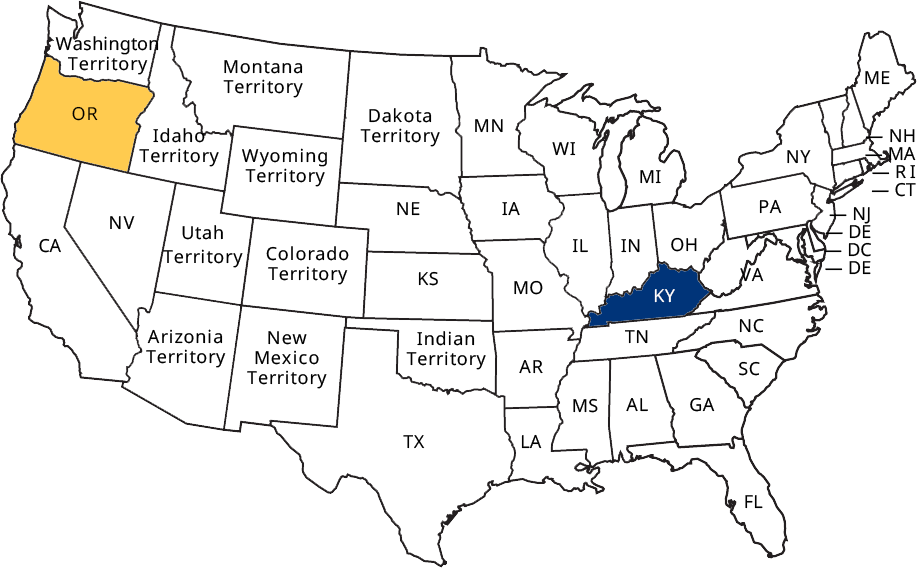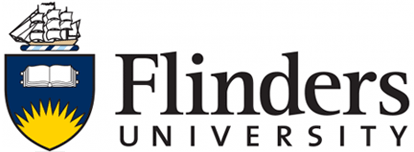States and Territories Voting by Voice
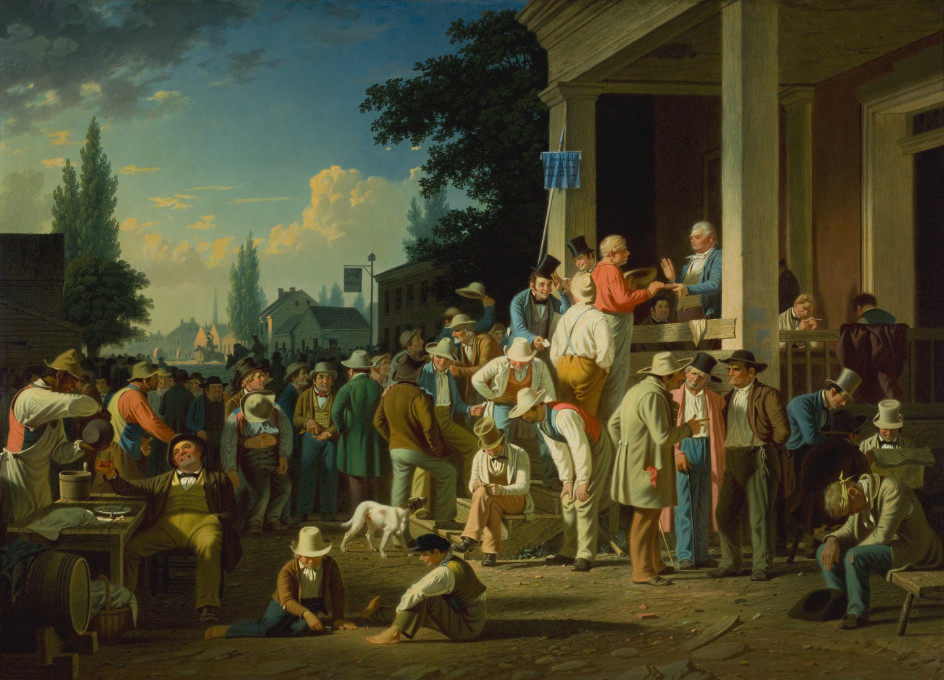
George Caleb Bingham’s famous painting, The County Election, which depicts the 1846 viva voce election in Saline County, Missouri (1852, Saint Louis Art Museum).
View >
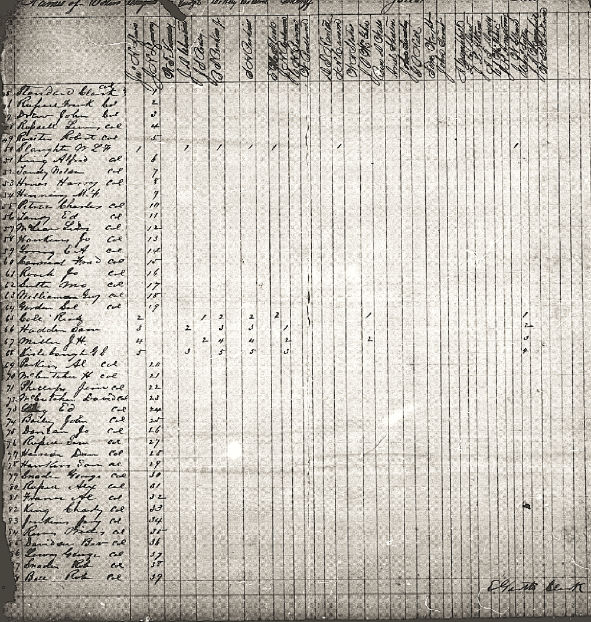
Poll book from Elkton, Kentucky, 25 April 1870.
View >
Viva voce was a system of voting in which all voters publicly called out the names of their preferred candidates for the offices being contested. Election clerks would write voters’ choices in the poll book and the poll book, complete with all voters’ names and electoral choices, would become the official record of the election. The city clerk or county clerk kept the poll book in their office and made it available to interested parties as a public record.
Viva voce was a European import -- the form of voting practiced in the Scandinavian nations, the German Confederation and Great Britain. Oral voting migrated to Virginia in the 17th century and then spread westward with pioneers and their law books. At its peak, oral voting was the law in Virginia, Kentucky, Illinois, Missouri, Arkansas, Texas, and Oregon. Gradually it fell from favor, though 11 percent of the presidential vote in 1860 was still given by voice.
By the end of the Civil War, oral voting survived only in Oregon and Kentucky. Oregon moved from oral to ticket voting in 1872, leaving Kentucky as the only American practitioner of an ancient system of voting. (Prussia continued viva voce voting until 1918.)
Oral voting worked best in small rural settings as shown in George Caleb Bingham’s famous painting (The County Election, left), which depicts the 1846 viva voce election in Saline County, Missouri. Bingham was a candidate in that election and his painting sparkles with authenticity.
Oral voting worked less well in cities with larger and changing electorates, but the key feature and essential product of oral voting remained in place wherever it was practiced: that each vote for each office is spoken and each set of choices is attached in writing (the poll book) to a named individual.
Oral voting produced a running account of the election. Partisans and gawkers crowded around the voting place and those listening could hear who was ahead for every office. The poll book itself, like the one from Elkton, Kentucky (left), was the official record of the election. It was a public document, and anyone interested in exactly who had voted for whom could consult poll books in the county or city clerk’s office. In cases of disputes over procedure during an election or the eligibility of an individual voter, the poll book was the key piece of evidence.

